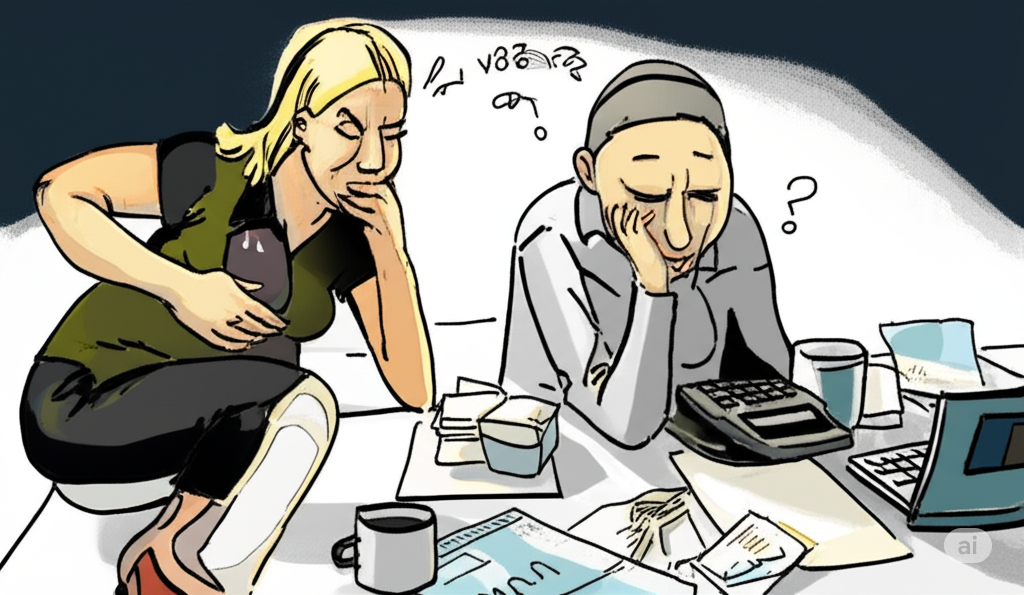As tax season approaches in South Africa, many small business owners and freelancers are asking: What exactly is provisional tax? And more importantly, do I need to pay it? This guide will break down the basics of provisional tax, who it applies to, and how to comply with SARS requirements without the stress.
What is Provisional Tax?
Provisional tax is not a separate tax but rather a system that allows taxpayers to pay their income tax in advance. Instead of waiting for the end of the financial year to settle a large tax bill, provisional taxpayers make payments in two (or sometimes three) installments throughout the year. These payments are based on estimated taxable income.
This system is designed to help manage your cash flow and reduce the risk of underpaying your tax liability at year-end.
Who Needs to Pay Provisional Tax?
You are required to pay provisional tax if you:
- Earn income other than a salary (such as business income, rental income, interest, dividends, or freelance income)
- Are a sole proprietor, partner, independent contractor, or self-employed individual
- Run a small business or side hustle
- Are a company or close corporation earning income not subject to PAYE
If your total taxable income exceeds R30,000 from sources other than a salary, SARS expects you to register for provisional tax.
Exceptions:
- Individuals under age 65 with no business income and less than R30,000 in investment income per year do not need to register.
Provisional Tax vs Normal Tax
| Feature | Provisional Tax | Normal Tax |
|---|---|---|
| Who pays it? | Non-salaried individuals and companies | Employees with PAYE deducted |
| When is it paid? | Twice a year (Aug and Feb) + optional 3rd top-up | Once a year after assessment |
| Based on? | Estimated income for the year | Actual income from final IRP5 or IT3(a) |
How to Register and Submit to SARS
1. Register on SARS eFiling:
- If you’re not already registered as a taxpayer, first set up your SARS eFiling profile at www.sarsefiling.co.za
- Once logged in, update your profile to indicate that you are a provisional taxpayer
2. Submit the IRP6 Form:
- The IRP6 form is used to declare your estimated income and calculate your tax liability
- You must submit:
- First Payment: August (halfway through tax year)
- Second Payment: February (end of tax year)
- Optional Third Payment: September (after final return, if you underpaid)
3. Pay on Time:
- Penalties and interest apply for late submissions or underestimating your income by more than 20%
Final Thoughts
Provisional tax can be a smooth process if you stay informed, budget ahead, and use tools like accounting software or a tax professional. It spreads your tax burden over the year, helping avoid nasty surprises at year-end.
If you earn non-salary income or run a business, check your status today. Download our free Provisional Tax Checklist to see if you’re liable and what steps to take next.
Need help with your tax compliance?
Book a Tax Compliance Assessment appointment here…

